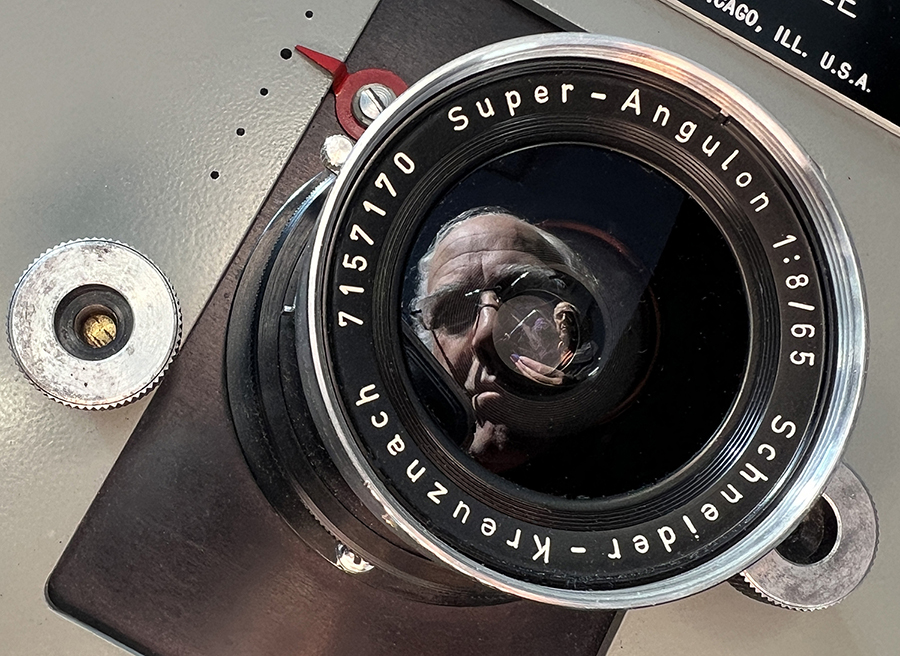ONLINE April 20, 2024 – 10am – 1pm
PRC Members: submit your name to the lottery to be selected as one of the six members to receive a portfolio review with David DeMelim. Send your name and phone number to programs@prcboston.org.
Names will be collected until 11:59pm on April 13th, 2024.
The PRC Portfolio Review Series is a free benefit of PRC membership and one review is allotted to each current member once per programming year (September through August). In each portfolio review event six members will be granted reviews and will be selected via lottery.
This is an opportunity to individually discuss your work with professionals in the arts including curators, gallerists, critics, photographers, and more. Reviewers bring a wide variety of experience, aesthetic sense, focus, and expertise. To get the most benefit from your portfolio review, check the particular reviewer’s background and request to meet with those who best fit the art and objectives of your work. Each review is 20-minutes long. To make the best use of your review, select a number of images from one or two series. Think about what you want out of the session, and let the reviewer know so you can get the most value from the experience. Members are asked to arrive 5 minutes prior to the scheduled review time.

David DeMelim is the founder and managing director of the Rhode Island Center for Photographic Arts in Providence, RI. David also pursues parallel explorations in printmaking and photography. He earned a BFA from the University of Rhode Island, studying with Bart Parker and Chris Cordes, and has been involved in advancing computer driven printing technology. With a focus on the built landscape and its human connections, DeMelim considers form, weight and proximity in his compositions. He is not interested in capturing a “Kodak moment, but rather a syncopated succession of moments that combine to recall or define an event.” Much of his work explores an image’s ability to fix a memory through the use of multiple layers and paired images.
